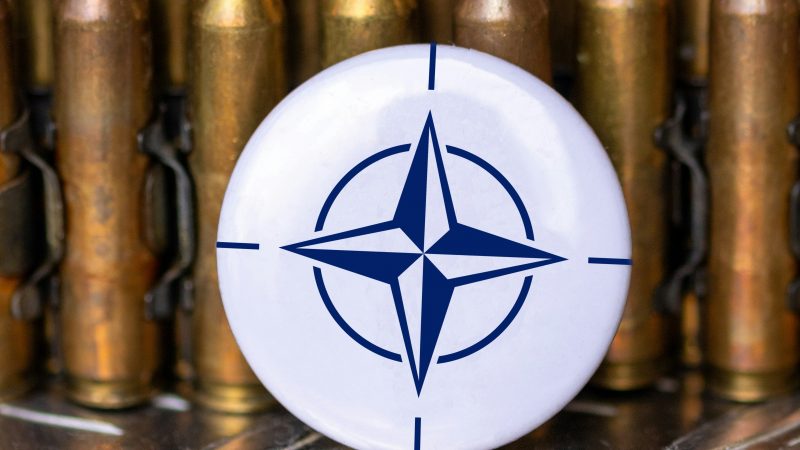Europe supplies Ukraine with more ammunition

So far, the European Union has supplied Ukraine with about 350,000 shells of artillery ammunition. The shells with a caliber of 155 mm are the standard. The self-propelled howitzer 2000 “Panzerhaubitze 2000” and many other howitzers fire this caliber. The Bundeswehr, together with the Dutch armed forces, had provided 22 Panzerhaubitze 2000 in September 2022.
The intense combat on the ground in Ukraine is fought mainly by these weapon systems. One is the doctrine of the Russian armed forces, which continues to be common. This forms so-called “battalion tactical groups” (BTG). These are mixed combat units. They consist of light to heavy infantry companies, tank companies and, to a considerable extent, rocket launcher units and howitzers.
The latter are responsible for the “steamroller” tactic. This refers to the massive artillery bombardment before the moto gunners and tank units move in. Russia has a whole range of howitzers firing 122-, 152- and 203-millimeter shells due to its decades-long focus on this battle tactic.
In recent months, Russia has increasingly moved to wear down the enemy with massive artillery fire and disrupt its approach. Ukraine, due to its material and personnel inferiority, also responds with the most massive use of artillery possible.
This has led to a massive shortage of ammunition, at least on the Ukrainian side. The USA has now supplied around 1 million artillery shells. Now the EU is moving in again and has made a delivery promise.
The European Defence Agency has initiated concerted action. A total of 18 states have signed a “Collaborative Procurement of Ammunition”. According to the agreement, Austria, Belgium, Croatia, Cyprus, Estonia, Finland, France, Germany, Greece, Luxembourg, Malta, the Netherlands, Portugal, Romania, Slovakia, Sweden and Norway will supply additional rounds in the future.

Two stages are planned. First, additional bullets will be forwarded to Ukraine from stocks, or existing orders. Second, new orders will be placed. These orders will be partly refinanced by the European Peace Facility (EPF). Overall, the project is initially scheduled to run for seven years.
However, the apparently high numbers of artillery ammunition should not be overestimated. At present, it is assumed that 1 million shells is roughly the monthly quota used by the two adversaries. Conclusion: The war is slowly but surely running out of ammunition.






